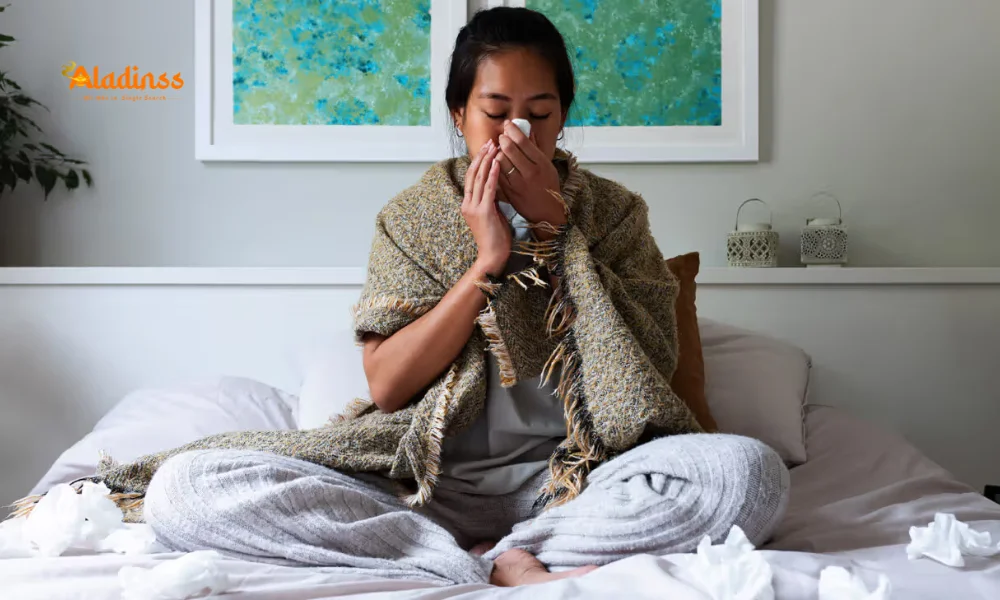Lung Cancer Myths and Facts for 2025
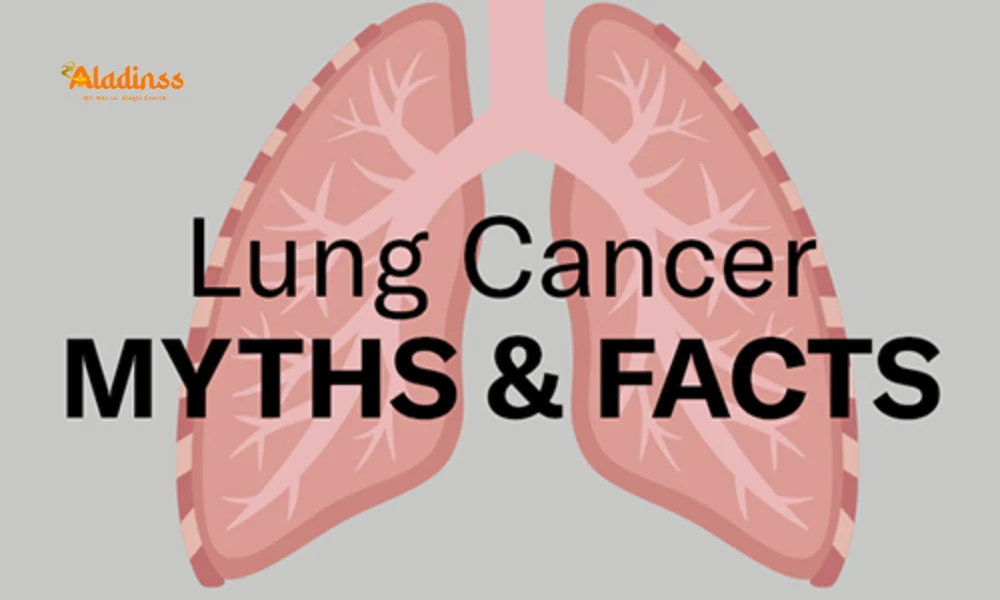
Lung Cancer Myths Debunked: It’s Not Just for Smokers in 2025
Lung cancer remains one of the deadliest diseases globally, claiming millions of lives annually. Historically associated with smoking, it is increasingly affecting non-smokers, women, and younger individuals, challenging long-held assumptions. Despite growing awareness, myths about lung cancer persist, leading to delayed diagnoses and missed opportunities for treatment. This article debunks five common myths about lung cancer, highlighting the facts to empower readers with accurate information. From environmental risks to advanced treatments, understanding the truth about lung cancer is crucial for prevention and early detection in 2025.
Myth 1: Only Smokers Get Lung Cancer
The belief that lung cancer exclusively affects smokers is one of the most pervasive myths. While smoking remains the leading cause, accounting for about 70% of cases according to the World Health Organization (WHO), non-smokers are increasingly at risk. The American Cancer Society reports that 20% of lung cancer cases in the U.S. occur in individuals who have never smoked. Risk factors include exposure to air pollution, secondhand smoke, indoor cooking smoke, occupational hazards like asbestos or diesel exhaust, and genetic predispositions. In India, where air quality in cities like Delhi often exceeds WHO safety limits, non-smokers face elevated risks from environmental pollutants.
Genetic mutations, such as EGFR or ALK, also play a role in non-smoker lung cancer, particularly in younger patients. A 2024 study in The Lancet Oncology found that 15% of lung cancer cases in India are linked to air pollution and biomass fuel use in poorly ventilated homes. Recognizing these diverse risk factors is essential to dispel the myth that lung cancer is a smoker-only disease, encouraging non-smokers to stay vigilant and seek screening if symptoms arise.
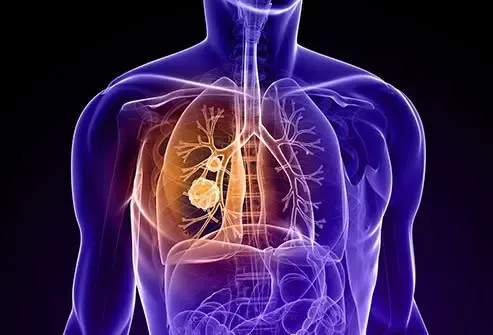
Myth 2: Lung Cancer Only Affects Older People
Another common misconception is that lung cancer is exclusively a disease of the elderly. While the average age of diagnosis is around 70, cases in younger individuals, including those under 30 and even teenagers, are rising. In India, non-smoking women and young adults are increasingly affected, with a 2023 study in the Indian Journal of Cancer reporting a 10% increase in lung cancer among individuals under 40 over the past decade. Environmental factors, such as chronic exposure to air pollution, and genetic predispositions are key contributors.
Symptoms like persistent cough, chest pain, or shortness of breath should not be dismissed, regardless of age. Young non-smokers, particularly women in urban areas, are at risk due to polluted environments and indoor smoke from cooking fuels. The Centers for Disease Control and Prevention (CDC) recommends early screening for at-risk individuals, even those in their 20s or 30s, if they exhibit symptoms or live in high-risk environments. Awareness of this trend is critical to ensure timely diagnosis and treatment across all age groups.
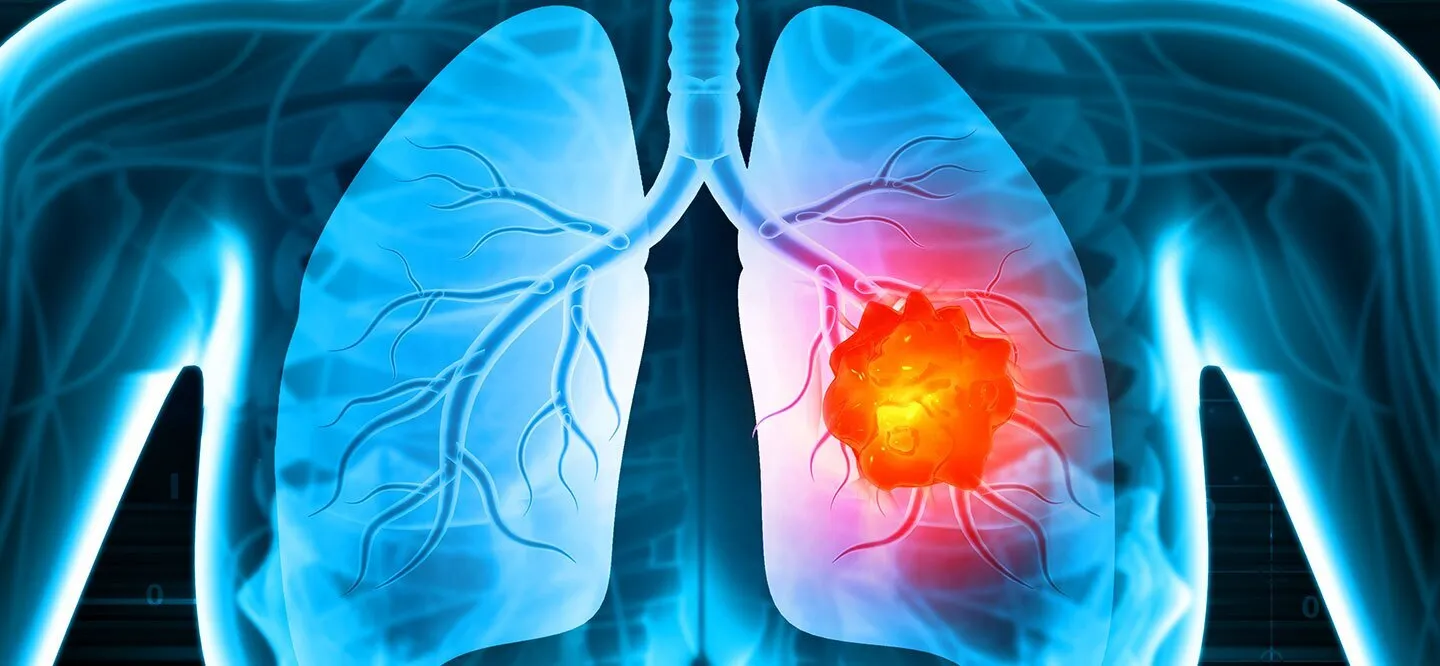
Myth 3: No Symptoms Mean Healthy Lungs
Lung cancer is often called a silent killer because it may present no symptoms in its early stages, leading many to assume their lungs are healthy. By the time symptoms like shortness of breath, chronic cough, or chest pain appear, the cancer may have progressed to an advanced stage, reducing treatment success rates. The American Lung Association notes that up to 50% of lung cancer cases are diagnosed at stage III or IV, when symptoms become noticeable, highlighting the need for proactive screening.
For smokers, former smokers, or those exposed to high levels of air pollution, regular screening with low-dose CT scans is recommended, even in the absence of symptoms. A 2024 study in the Journal of Thoracic Oncology found that low-dose CT screening reduced lung cancer mortality by 20% in high-risk populations. In India, where air pollution levels in urban areas are among the highest globally, non-smokers should also consider screening if they experience persistent respiratory issues or live in polluted environments. Early detection can significantly improve outcomes, debunking the myth that symptom-free lungs are always healthy.
Myth 4: Lung Cancer Cannot Be Cured
The notion that lung cancer is untreatable is outdated and misleading. Advances in medical science have transformed lung cancer from a death sentence to a manageable condition for many patients. Treatments like immunotherapy, targeted therapies, complex surgeries, and precision radiation have significantly improved survival rates. A 2024 report from the American Society of Clinical Oncology noted that immunotherapy, such as checkpoint inhibitors, has extended five-year survival rates for non-small cell lung cancer to 25% in some cases, compared to less than 5% a decade ago.
Early-stage lung cancer is often curable with surgery, such as lobectomy, combined with adjuvant therapies. Even in advanced stages, targeted therapies for specific genetic mutations (e.g., EGFR or KRAS) can prolong life and improve quality of life. In India, access to advanced treatments is expanding, with centers like AIIMS and Tata Memorial Hospital offering cutting-edge care. Patients diagnosed early and treated promptly can live healthy, fulfilling lives, debunking the myth that lung cancer is always fatal.

Myth 5: Only Men Get Lung Cancer
The belief that lung cancer primarily affects men is no longer accurate. Lung cancer incidence is rising among women, particularly non-smokers, due to environmental and lifestyle factors. A 2023 study in the Indian Journal of Medical Research found that non-smoking women in urban areas are increasingly diagnosed with lung cancer, driven by exposure to air pollution and indoor smoke from cooking with biomass fuels. Poor ventilation in kitchens, common in rural and semi-urban India, further elevates risks for women.
Women may also underestimate symptoms like cough or fatigue, delaying diagnosis. The WHO reports that lung cancer is now the third most common cancer among women globally, with a 15% increase in cases over the past decade. Awareness campaigns in 2025 aim to educate women about these risks, emphasizing the importance of early screening and symptom recognition. Gender-specific outreach can help dispel this myth, ensuring women seek timely medical care to improve outcomes.
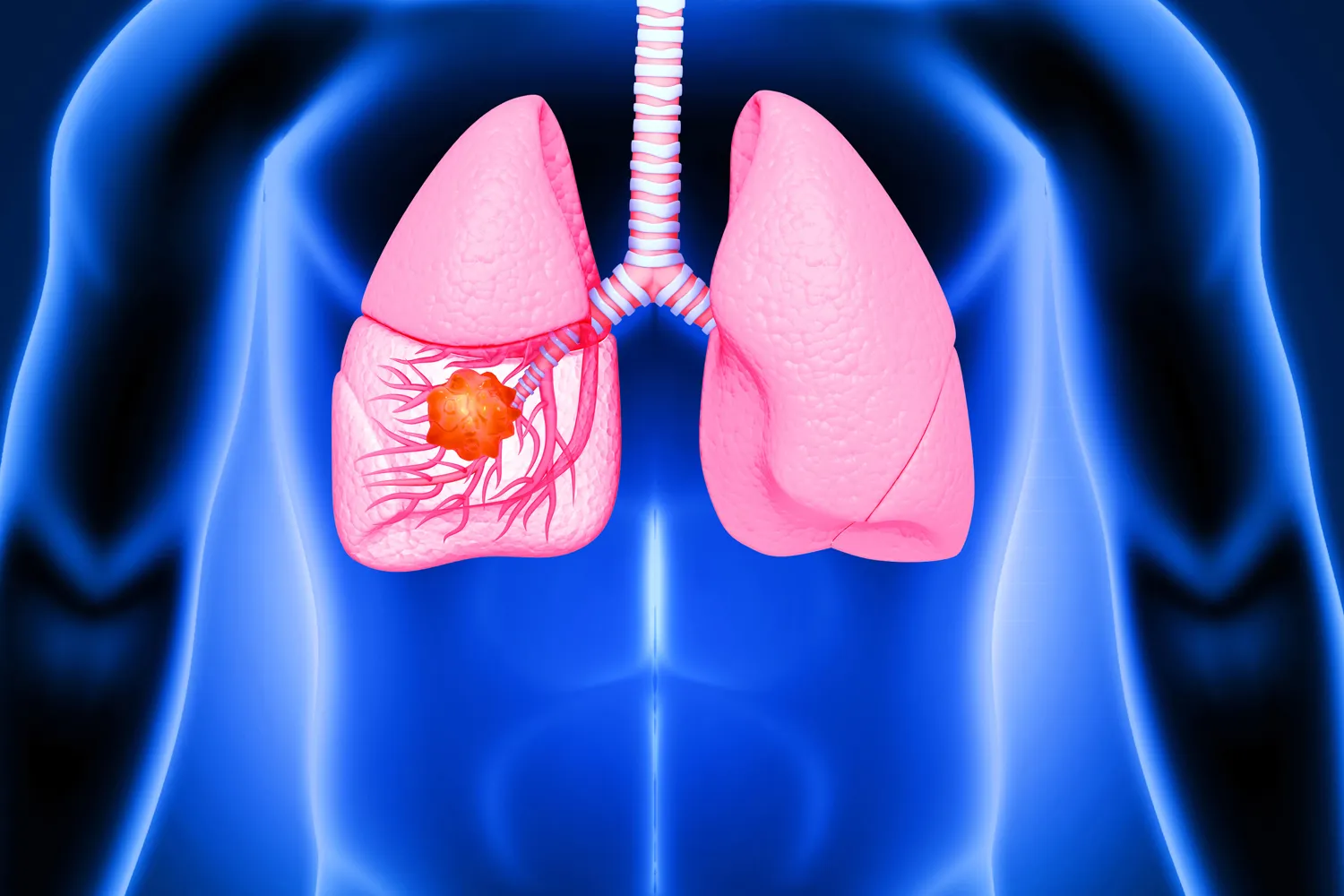
Prevention and Early Detection Strategies
Preventing lung cancer involves addressing both individual and environmental risk factors. Quitting smoking, avoiding secondhand smoke, and reducing exposure to air pollution are critical steps. Using cleaner cooking fuels and improving kitchen ventilation can significantly lower risks, especially for women in India. The National Cancer Institute recommends wearing protective gear in workplaces with exposure to carcinogens like asbestos or diesel exhaust. Regular exercise and a diet rich in antioxidants from fruits and vegetables can also support lung health.
Early detection is key to improving survival rates. Low-dose CT scans are recommended for high-risk individuals, including smokers, former smokers, and those exposed to chronic pollution. A 2024 study in The New England Journal of Medicine found that annual screening reduced lung cancer mortality by 25% in at-risk populations. Public health initiatives in 2025 are expanding access to screening in India, aiming to catch cases early, particularly among non-smokers and younger individuals, to combat the rising incidence of lung cancer.
Comment / Reply From
No comments yet. Be the first to comment!





